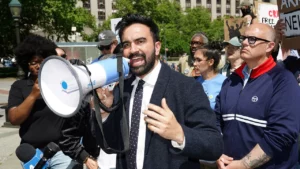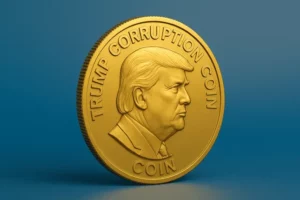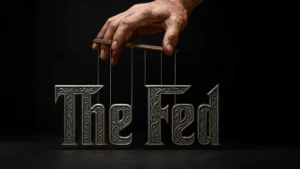
Talk Is Cheap: Now Trump Must Deliver On His Healthcare Promises
President Donald Trump has made big promises about fixing American healthcare. Now comes the moment that separates talk from action. With the midterms fast approaching and congressional attention soon shifting to electoral strategy, the window for legislative results is closing quickly. This summer will determine whether the administration turns promises into policy or lets the opportunity slip away.
Trump and his handpicked healthcare leaders – HHS Secretary Robert F. Kennedy Jr. and FDA Commissioner Dr. Marty Makary – have identified three major priorities: lowering drug prices, reversing chronic disease and unleashing generative AI.
Each one, if achieved, would save tens of thousands of lives and reduce costs. But promises are easy. Real change requires political will and congressional action. Here are three tests that Americans can use to gauge whether the Trump administration succeeds or fails in delivering on its healthcare agenda.
Test No. 1: Have Drug Prices Come Down?
Americans pay two to four times more for prescription drugs than citizens in other wealthy nations. This price gap has persisted for over 20 years and continues to widen as pharmaceutical companies launch new medications with average list prices exceeding $370,000 per year. Today, nearly 30% of U.S. prescriptions go unfilled due to cost, leaving millions without the medications they need.
One key reason for the disparity is a 2003 law that prohibits Medicare from negotiating prices directly with drug manufacturers. Although the Inflation Reduction Act of 2022 granted limited negotiation rights, the initial round of price reductions did little to close the gap with other high-income nations. President Trump has repeatedly promised to change this law.
In his first term, and again in May 2025, he condemned foreign “free riders,” promising, “The United States will no longer subsidize the healthcare of foreign countries and will no longer tolerate profiteering and price gouging.” To support these commitments, the president signed an executive order titled “Delivering Most-Favored-Nation (MFN) Prescription Drug Pricing to American Patients.”
This order directs HHS to develop and communicate MFN price targets to pharmaceutical manufacturers, with the hope that they will voluntarily align U.S. drug prices with those in other developed nations. Should manufacturers fail to make significant progress toward these targets, the administration said it plans to pursue additional measures, such as facilitating drug importation and imposing tariffs.
However, implementing these measures will most likely require congressional legislation and will encounter substantial legal and political challenges. The pharmaceutical industry knows that without congressional action, there is no way for the president to force them to lower prices. And they are likely to continue appealing to Americans by arguing that lower prices will restrict innovation and lifesaving drug development.
But the truth about drug “innovation” is in the numbers: According to a study by America’s Health Insurance Plans, seven out of 10 of the largest pharmaceutical companies spend more on sales and marketing than on research and development. And if drugmakers want to invest more in R&D, they can start by requiring peer nations to pay their fair share — rather than depending so heavily on U.S. patients to foot the bill.
If Congress fails to act, the president has other tools at his disposal. One effective step would be for the FDA to redefine “drug shortages” to include medications priced beyond the reach of most Americans. That change would enable compounding pharmacies to produce lower-cost alternatives just as they did recently with GLP-1 weight-loss injections.
Source: www.forbes.com


